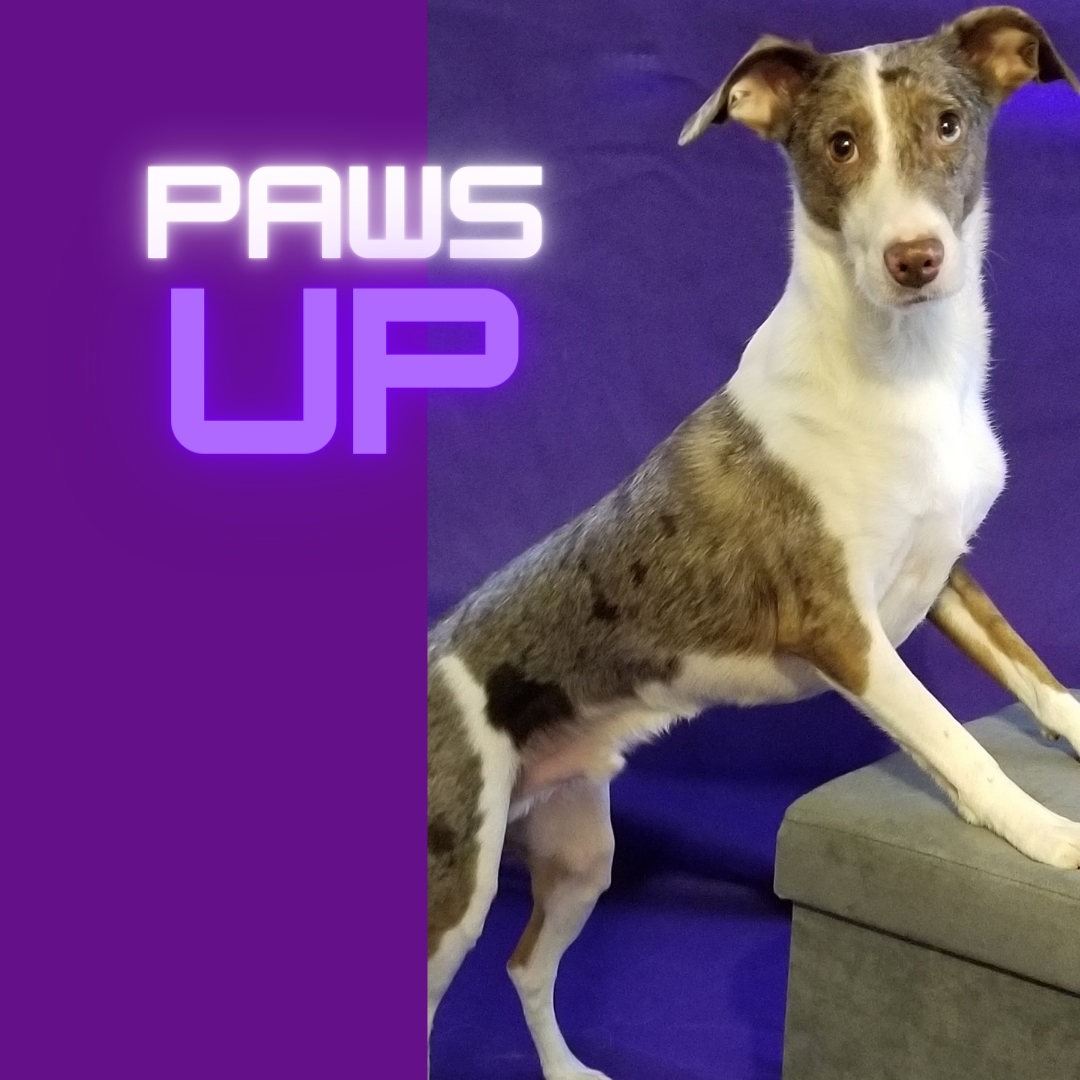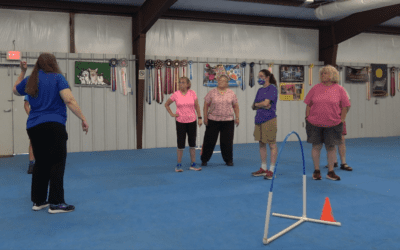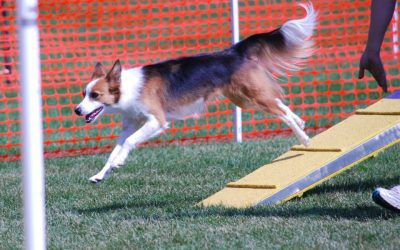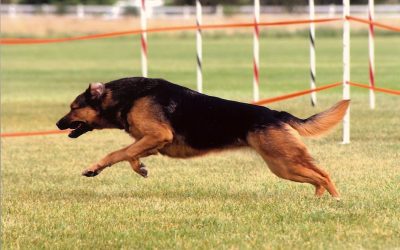Be Your Dog’s Advocate
Written by Lorrie Reynolds
Categories
Be your dog’s best friend, believe in yourself, and stand up for your dog. Those should be the primary directives for everyone who takes lessons or seminars from any instructor.
It’s always disturbing when we hear people talk about damaging things instructors have “made” them do. Disturbing not only because an instructor is telling a student to do whatever it is, but also because people are obeying, even when they think it is not the right thing for their dog. Sometimes students don’t fully understand why an instructor is doing something, but when in doubt, ask! It is your job as an owner/partner/teammate to protect your dog from being hurt either physically or mentally.
From an instructor’s standpoint, I am not fond of the word “can’t”. I don’t accept “My dog can’t do that” or “I can’t perform that cross” without digging deeper. My job is to encourage students to stretch their abilities, to help them and their dogs gain skills to make them better, and to teach them how to do things they never thought they would be able to do. In my experience, “can’t” is almost always a substitute for “I haven’t learned that yet” and I can help fix that issue. However, I am not perfect, or all-knowing. I encourage people to speak up if they have a concern or don’t understand something. While I am very careful not to introduce things too fast, and to avoid doing anything that could give the dog a negative association with training, I am not the one who lives with the dog every day and knows them the best. Sometimes there is a valid reason for a student not to do something I am asking them to do. In that case, we find an alternative method to teach the same thing without it being detrimental to the dog.

“Can’t” is often just “I don’t know how yet.”
People tend to look at experienced instructors as all-knowing (I’ll tell you a secret – we are all constantly learning if we are good at our jobs!). Unfortunately, not all students are brave enough to question an instructor or seminar presenter, or confident enough to disagree with something they are told to do. People who have been shut down in the past may be wary of speaking up. Not all instructors are open to being questioned about what they think are the best methods. I’ve heard of people being told to drag their soft dog by the collar into the contact zone if the dog wasn’t getting there fast enough, to let their shy puppy participate in a play group with rambunctious, rough-playing dogs, to use a shock collar to reinforce stays, and dozens of other things that the student *knew* they shouldn’t do with their dog, but weren’t confident enough to say no to.

My challenge to you is to believe in yourself and stand up for your dog. If there is something you are worried about doing with your dog, say so! Ask your instructor why you are doing it and let them know what your concerns are. Maybe their explanation will allay your fears, or they will reconsider and agree that your dog shouldn’t do it. If they aren’t willing to listen and explain, go somewhere else, or if it is a seminar, skip that exercise. There are so many methods to teach each skill that an alternative can always be found. You know your dog best and that makes it your job to ensure that training is not a stressful experience, but a fun and rewarding game.
You Might Also Like…
Five Ways to Crush It at Your Next Dog Agility Seminar
Going to a dog agility training seminar? Check out these five tips to maximize your return on investment!
Read This Before Deciding on Your Agility Dog’s Contact Performance
Which contact performance, running or stopped, is right for your team? The answer might surprise you.
Is Your Agility Dog a Pinto or a Ferrari?
If you’ve moved up from a slow or moderately-fast agility dog to a speed racer, here’s some advice to make your life easier.
Get tips, stories, discounts, and early notification of events and new courses delivered straight to your inbox! Join the community!




0 Comments